
#06 Miho Ishigaki
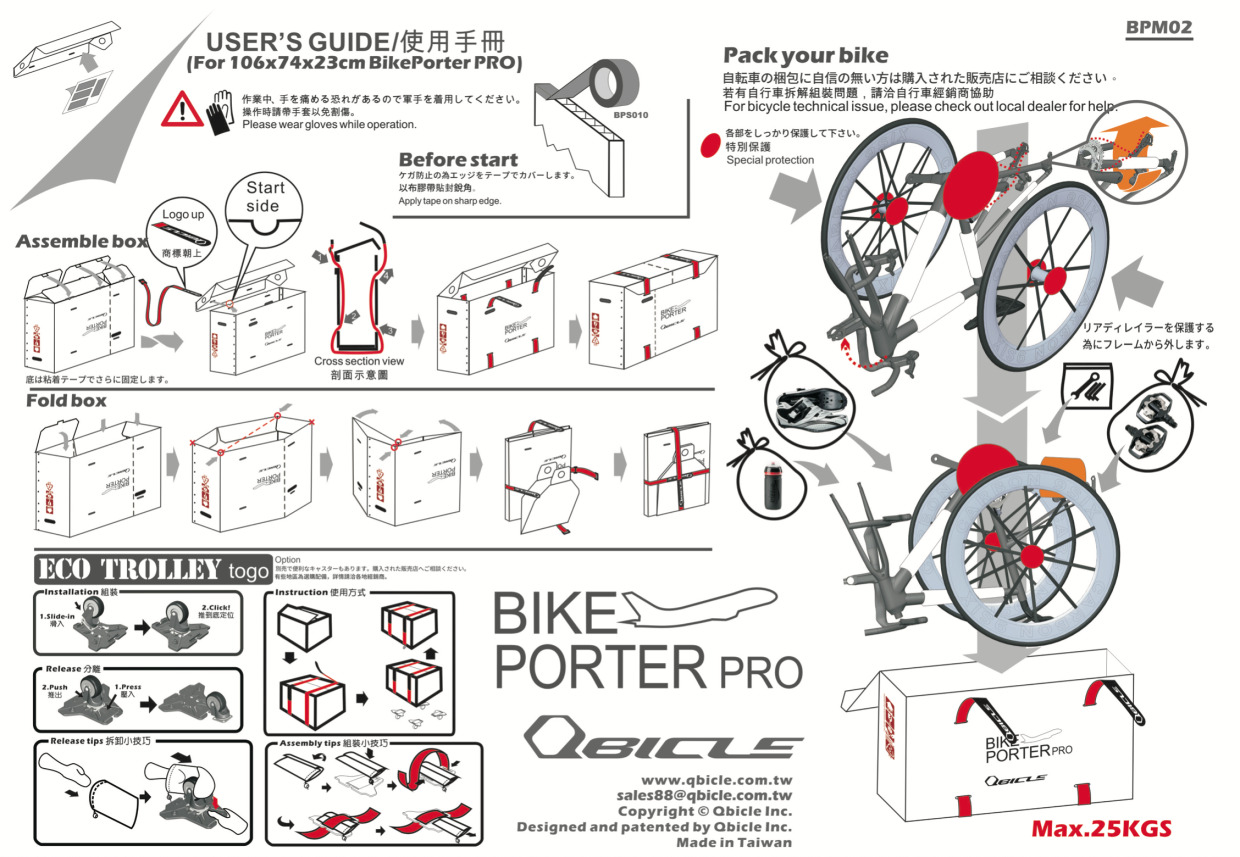
When cycling in France, let’s consider what arrangements are needed locally and how to plan your trip. You have two options: bring your own bike or rent one on-site.
Table of Contents
1. Tips for Checking Your Bike on International Flights
2. Renting a Quality Bicycle in France
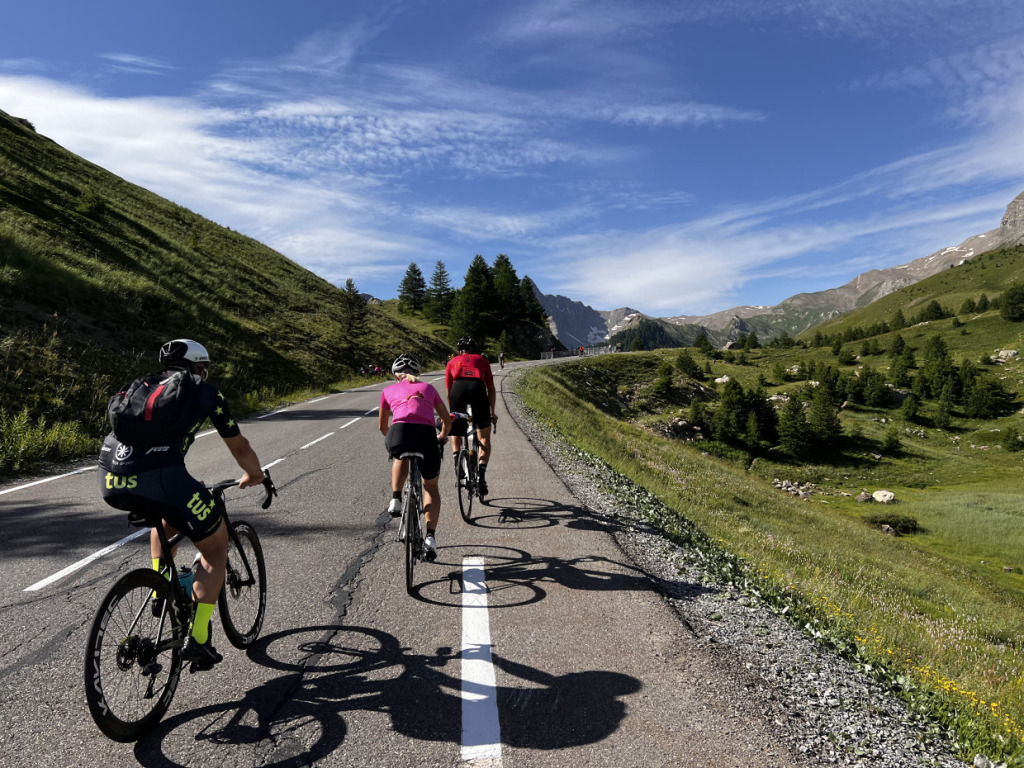
First, consider the case of bringing your bike on the plane to France. I asked Action Sports Corp, a company that handles the “Bike Porter” bike transport cases for airlines, about the latest situation.
Q: What size bikes can be checked on international flights? Is it free or are there additional fees?
A: Policies vary depending on the airline for international flights. For example, Air France and Finnair charge fees regardless of bike size. Japan Airlines allows bikes up to a total dimension of 203 cm for free; if exceeded, an additional fee of 20,000 yen applies. British Airways permits bikes up to 200 cm total dimensions free of charge. Using the Bike Porter PRO199, which fits within these size limits, ensures free transport.
ANA allows bikes up to 260 cm total dimensions for free, and all Bike Porter models fall under this size, so no fee applies. Lufthansa charges between 50 and 150 euros extra on European routes. Emirates includes bikes under 30 kg as part of the checked baggage allowance.
All airlines require prior notification regardless of bike size. Although all Bike Porter models meet size requirements, some airlines charge fees while others do not. When choosing an airline, it’s important to consider both the ticket price and bike transport costs together.
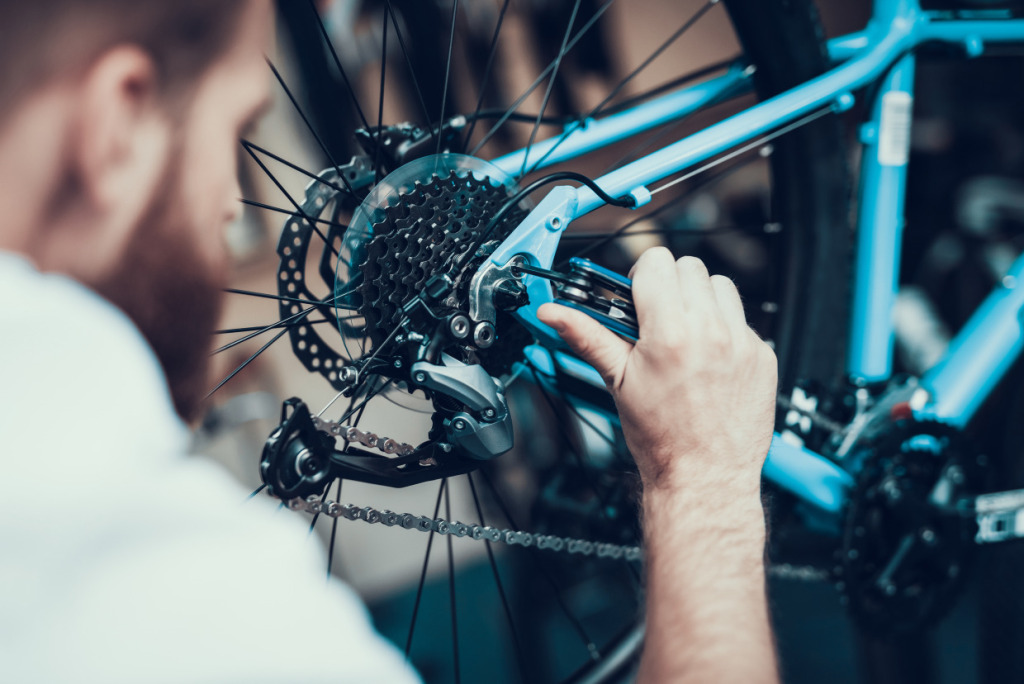
Q: What precautions should be taken when packing the bike?
A: Economy class on international flights has weight limits, and generally, any baggage exceeding 23 kg incurs an extra fee. Lithium-ion batteries attached to electronic shifting systems must be removed. There are strict rules prohibiting CO₂ cartridges, which rapidly inflate tires, from being included in checked baggage. Flammable materials such as chain oils and other chemicals are also not allowed, although if you have an SDS (Safety Data Sheet) issued by the manufacturer, there may be a possibility to bring them.
When traveling overseas, especially with connecting flights, it is strongly recommended to remove the rear derailleur. Alternatively, you can use a U-shaped rear derailleur protector designed for bike transport. For bike packing methods, the videos released by Action Sports are very easy to understand.
It’s best to reduce tire pressure before flying, but completely deflating tubeless tires can cause the bead to come off, leading to troublesome issues. Therefore, maintaining about 2 to 3 bars (30 to 45 psi) of air pressure is ideal.
Q: How do you transport your bike to the airport?
A: For bike transport cases, dedicated caster wheels are available for purchase, allowing you to take the train during less crowded times. Be sure to remove the casters and store them inside the case upon arrival at the airport. Some delivery services will also transport the bike case for you. Alternatively, you can load the bike into your car and use affordable long-term parking near the airport.
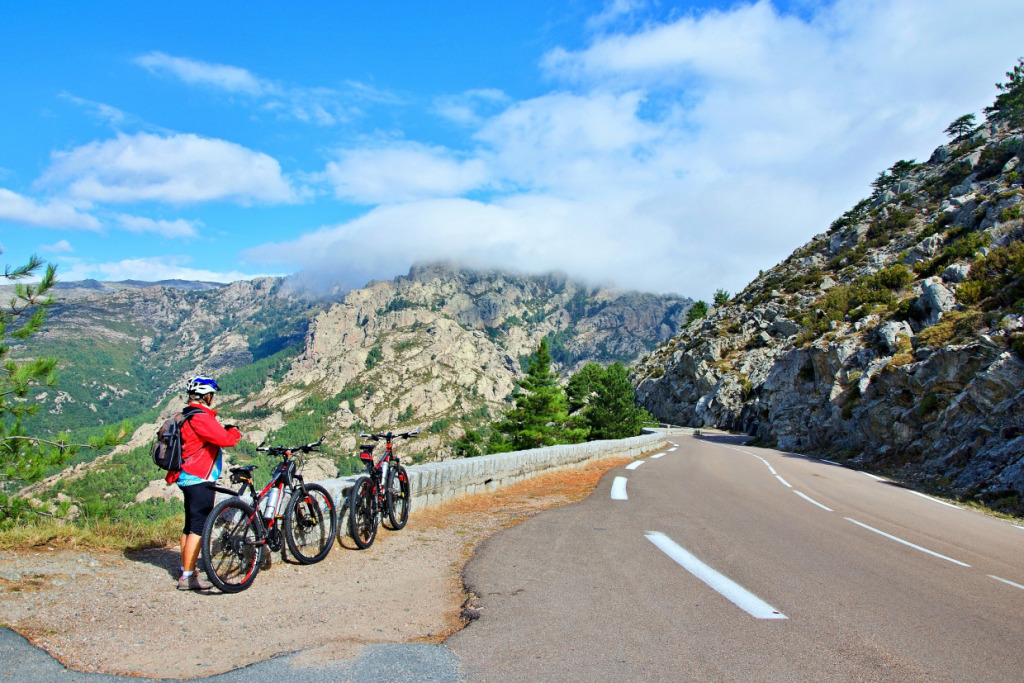
Next, let’s introduce the option of renting a bicycle in France. By “rental bike” here, we don’t mean shared bikes provided as transport within city centers, but rather sports bike rentals offered by specialty shops near national cycling routes—similar to how Giant Store or Specialized operate rental services in Japan. Rental specialty shops with staff on site handle reservations, lending, and returns face-to-face, making the process more reliable and straightforward.
Shared bike systems are well established in France as well, available in Paris and regional cities. You can rent and return bikes at unmanned bike ports 24 hours a day simply by scanning with your smartphone. However, you need to install each city’s specific shared bike app, register as a member, and input payment details, which is not always easy.
If any issues arise, since there is no staff on site, you must call a support center and follow the operator’s instructions. Even in Japan, this can be quite troublesome, so handling it in France can be quite stressful.
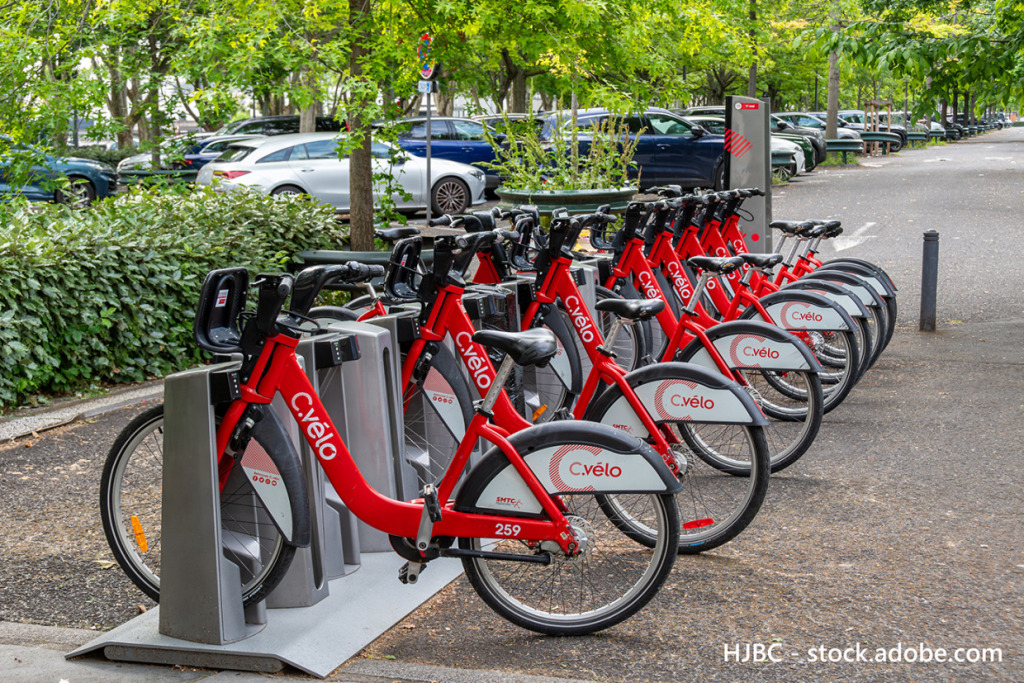
In that case, although you need to consider business hours, renting and returning bikes at a specialty rental shop—and handling payments there—makes the process smoother. If there are any issues, you can point them out on the spot and have them addressed immediately.
Finding a rental specialty shop is easy. Simply search for “rental bike” plus the town name, and you’ll find multiple options. Most websites support English, and even if they don’t, you can use your browser’s Japanese translation feature to understand the information.
In practice, towns serving as hubs for cycling routes across France always have rental specialty shops offering a selection of bike models, grades, and sizes. You can also choose optional extras like pedals compatible with your shoes and helmets. After selecting these options and entering the rental period, the total price is displayed, and you can pay online. Then, all that’s left is to visit the shop at your reserved time.
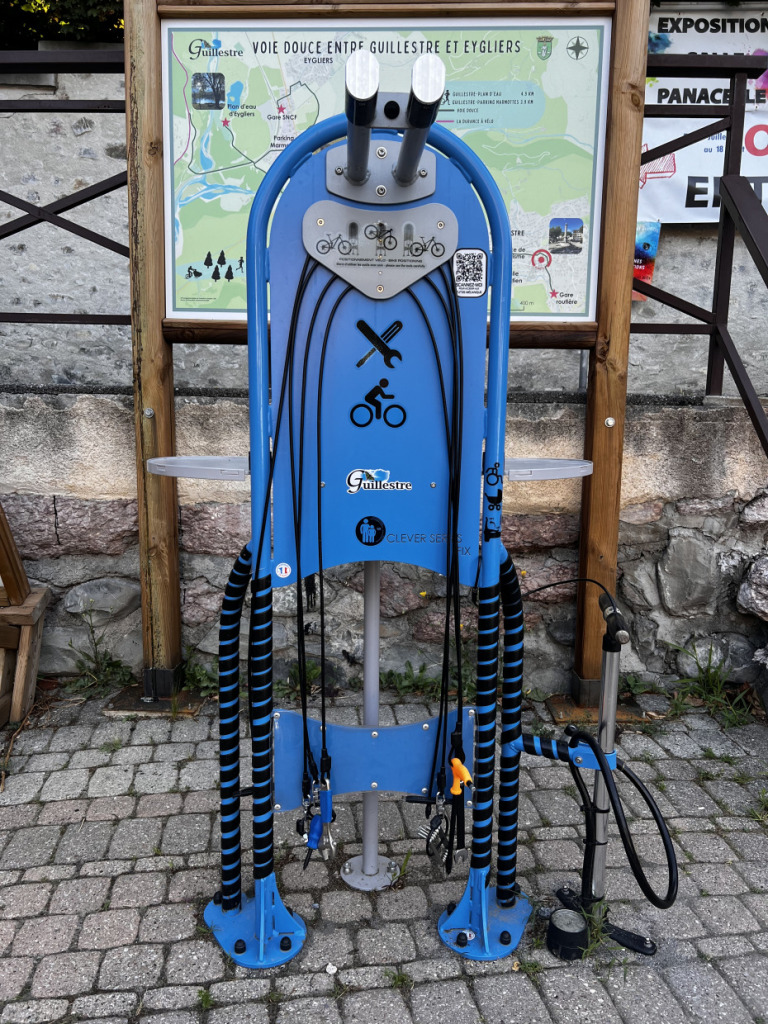
Saddle adjustments are also done on the spot. When making a reservation, it’s recommended to use machine translation to communicate in advance with the shop about details such as whether bottle cages are included, if they can be rented or purchased, and whether puncture repair kits are available for rent.
However, unlike shared bikes, returns must generally be made at the same shop where you rented the bike. This method is best suited for rides that start and end in the same town, especially when going on longer trips.
Text_Kazuyuki Yamaguchi
Profile

Kazuyuki Yamaguchi
A sports journalist with 30 years of experience covering the Tour de France. In addition to cycling, he has covered table tennis, track and field, rowing, and others, contributing articles to Tokyo Chunichi Sports among others. He has served in public relations roles for international cycling events held in Japan. His works include ‘Shimano: The Bicycle Parts that Conquered the World – From a Small Sakai Workshop to Global Standards’ (Koubunsha) and ‘Tour de France’ (Kodansha Modern New Books), both available as e-books. He studied French literature at Aoyama Gakuin University’s Faculty of Literature.
Post Date:2025.07.16